EDUCATOR EMPOWERMENT
Discover More About our Program
1.1 Online Teaching Tools
This training session introduces applications related to teaching and provides descriptions of techniques to create an interactive and fun classroom, as the
learning shifts from in-person to a virtual learning platform. It covers the strategies for preparing a multi-task lesson plan such as giving presentations; setting assignments or tests; and using chat and breakout rooms. The function of each application is explained, so that teachers can decide the best tools to implement depending on their own situation. Methods for stimulating students’ interests in an active learning environment are presented. Teachers will be
trained in how to use modern technologies professionally, e.g. Zoom, Padlet & Kahoot. Students in a normal classroom can also gain experience of online learning if teachers decide to introduce these platforms.
By the end of this session, learners will be able to:
- create an interactive classroom in a safe and secure learning environment
- bring fun and games to recap previous lessons or assess prior knowledge using applications such as Bamboozle or Kahoot
- work professionally on Zoom for live teaching and create an interactive learning platform for uploading assignments via Padlet, Google Classroom or Showbie.
- utilize many tools on and offline for fun and engaging activities during lessons
- provide social media groups to enable communications outside lessons
1.2 Video Editing
Both the global COVID pandemic and the unstable political situation brought Myanmar teachers to online teaching. This training session focuses on the development of teachers’ IT skills in video editing for the production of video lessons that can be uploaded to the internet. Creating teaching videos has also become an effective way of teaching learners who can access the learning in their own, more convenient time.
The sessions demonstrate how to create a quality teaching video through mobile applications, using both visual and sound effects. In addition, teachers are trained to develop video lesson plans and content.
By the end of the session, learners will be able to:
- develop or improve their IT skills
- design an interesting, high-quality teaching video
- use video editing tools effectively
- create engaging lesson content for students
1.3 The Standards of a Golden Teacher- Lesson Planning
This session provides information about ‘Effective Learning & Teaching Strategies’ relating to ‘The Standards of a Golden Teacher- Lesson Planning’. It explores the ideas and sources of relevant knowledge that underpin the standards and allows teachers to make links to their own experiences. This enables discussions about the success criteria that apply to different types of teacher. Also, the session highlights how to plan interactive, well-structured lessons using stages and learning outcomes by including a variety of motivating activities and using a range of teaching resources. In addition, it addresses the importance of teachers understanding of children’s abilities and their learning needs and how to scaffold learning when necessary. To become reflective practitioners, teachers are encouraged to reflect on their practice and take responsibility for their own professional development, to ensure continuing improvement.
By the end of the session, learners will be able to:
- adapt new approaches to their work as teachers
- plan interactive lessons using different stages
- use effective teaching strategies
- develop the ability to identify and respond appropriately to the needs of their students
1.4 Establishing Routines
This session provides information about ‘Teaching Tools’ that can help the teacher manage the class throughout the entire course and is applicable to all subject areas. It starts by sharing expectations contained in four ‘Golden Rules’. Routines like greeting students and teaching the online classroom instructions that help students follow the lesson are introduced. It goes on to explain the ‘Talking Roles’ that enable all students to take turns to join in small group discussions that are an important feature the interactive classroom. The Activity lesson stage and checklist is highlighted for planning purposes. After a video of ‘How Our Memory Works’, the first new ‘Retrieval Practice’ learning strategy is introduced.
The purpose of this session is to highlight how to introduce speaking in class using an inclusive approach that will build students’ confidence and motivate their involvement. Rote learning starts to be displaced by the new learning strategy, based on evidence from cognitive science – a better understanding of how learning happens. The Golden Rules help to establish a safe learning environment where mistakes are accepted as part of true learning and ”I don’t know” or “I’m not sure” responses are valued, because they signal learning opportunities. A positive teacher’s attitude to learning will also impact learners who are expected to encourage and support each other. This is vital for building good working relationships; successful small group work; and it enables learners to learn from each other, not just the teacher.
By the end of the session, learners will be able to:
- begin and end lessons with simple greetings and farewell routines, respectively
apply Golden Rules in online and in-person classrooms - use short, clear, simple instructions to enable students to follow the lesson
- begin to practise different talking roles in group discussions
- use the Recap lesson stage in a lesson plan, to facilitate retrieval practice
1.5 Dual Coding & Electronic Whiteboards
This session will review previous learning and present the next new learning strategy ‘Dual Coding’, the use of relevant visuals to reinforce written text, which is modelled throughout Hi Burma programmes. The use of Google Jamboard as a means to interact with students online or working on laptops in a classroom will be demonstrated. In addition, ‘matching’ activities will be used to involve students and assess their understanding of new material.
By the end of the session, learners will be able to:
- use a range tools available on Jamboard
- make links between different visual formats and the text common to certain subject areas
- choose a topic and design a matching activity on Jamboard using dual coding for one
- of their own classes
1.6 Tech in the classrooms
The session covers four aspects of technology – Google products; video-task design; Mobile–Assisted Language Learning (MALL); and digital storytelling. It addresses how Google products can be effective in both teaching and learning. It introduces Showbie for student assignments; Socrative & Kahoot for low-stakes testing; and Canva, which is used to create attractive presentations, posters, documents and other visual content for a lesson plan. Moreover, teachers will be shown how to create lesson plans that include audio visual materials: e.g. videos, podcasts, animation, adverts or Ted Talks. It also introduces educational apps for self-study or learning beyond the classroom in which students become more familiar with various digital platforms. This session explains how to create a digital classroom with lessons that use a wide range of tech to develop students’ digital skills. Learners have the opportunity to access online resources and deliberately practise using selected applications. Moreover, experience in using digital technologies to tell stories is gained, to secure the attention and interest of all ages.
By the end of this session, the learners will be able to
- expand their knowledge and experience of lesson design to include a variety of digital technologies
- facilitate the use of online resources and mobile apps to enable students to develop their digital skills
- create an article or story with dual coding; or produce an audio-visual presentation that will stimulate the interests of children in their own class
- produce and trial an assessment task on Socrative or Kahoot
Success Stories
Despite challenges like poor internet and political instability, dedicated teachers and students stayed committed, using resilience and innovation to overcome obstacles and build brighter futures.


40 Avenue Road,
Forest Gate East London,
United Kingdom
E7 0LD
©2022 Hope Institute Burma. All rights reserved
40 Avenue Road,
Forest Gate East London,
United Kingdom
E7 0LD
©2022 Hope Institute Burma. All rights reserved


